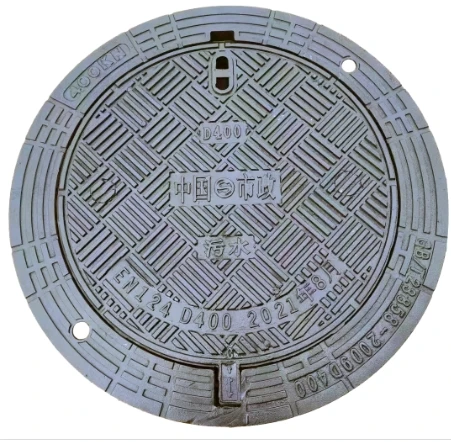oct. . 09, 2024 07:53 Back to list
grey cast iron casting
The Versatility of Grey Cast Iron Casting
Grey cast iron has long been a favored material in various industries due to its exceptional properties and versatility. With its unique characteristics, grey cast iron excels in applications ranging from automotive parts to industrial machinery components. This article delves into the properties, manufacturing process, advantages, common applications, and considerations for using grey cast iron.
Properties of Grey Cast Iron
Grey cast iron is characterized by its graphite microstructure, which gives it its distinctive grey color when fractured. The presence of graphite flakes imparts several beneficial properties, including excellent machinability, wear resistance, and good thermal conductivity. Its inherent ability to dampen vibrations makes it ideal for applications where noise reduction is beneficial, such as in engine blocks and machine bases.
Moreover, the modulus of elasticity of grey cast iron allows it to withstand high compressive stresses, making it a preferred choice for components that experience heavy loads. However, it is worth noting that while grey cast iron has great compressive strength, it is relatively brittle under tensile stress, which necessitates careful consideration of design and usage.
Manufacturing Process
The manufacturing process for grey cast iron involves several key steps, beginning with the melting of raw materials, which typically include pig iron, scrap iron, and alloying elements to achieve desired properties. The molten iron is then poured into molds to form the desired shapes.
Mold-making can be accomplished using various methods, including green sand casting, resin sand casting, or shell molding. Each method has its own advantages and applications. After the casting is solidified, it undergoes a process of cleaning and finishing, which may involve machining to achieve precision tolerances.
Quality control plays a critical role in the casting process. Factors such as the cooling rate, mold material, and chemical composition need to be carefully monitored to ensure the integrity of the final product. Non-destructive testing methods, like ultrasonic testing and dye penetrant tests, are often employed to identify any defects in the castings.
grey cast iron casting

Advantages of Grey Cast Iron
One of the key advantages of grey cast iron is its ability to retain dimensional stability over time, even under varying environmental conditions. This characteristic makes it particularly useful for components that require precise tolerances. Additionally, grey cast iron has excellent wear resistance, ensuring longevity in applications where friction is a concern.
The material is also cost-effective compared to alternatives such as aluminum or steel. Its abundance and ease of casting contribute to lower production costs, making it an economical choice for manufacturers. Furthermore, the recycling potential of cast iron aligns with sustainable practices, as scrap cast iron can be re-melted and reused in new castings.
Common Applications
Grey cast iron is prevalent in a wide range of applications across various industries. In the automotive sector, it is commonly used for engine blocks, transmission cases, and brake components due to its strength and ability to withstand high temperatures. In the manufacturing industry, grey cast iron is used for machine frames, gearboxes, and components that require stability and durability.
Other applications include municipal castings such as manholes and grates, which benefit from the material's corrosion resistance and strength. Additionally, grey cast iron finds its place in artistic and architectural elements due to its castability, allowing for intricate designs.
Considerations
While grey cast iron offers numerous advantages, there are considerations to keep in mind. Its brittleness under tension poses challenges in applications with significant tensile forces. Additionally, while corrosion-resistant, it is not entirely immune to rust, particularly in moist environments. Proper coating or maintenance may be necessary to preserve its integrity over time.
In conclusion, grey cast iron casting remains an integral part of modern manufacturing, with its balance of mechanical properties, cost-effectiveness, and versatility. As industries continue to evolve, grey cast iron is likely to adapt and remain a vital material for various applications in the future. The ongoing innovations in casting technology and methodologies will further enhance its potential and broaden its applications across diverse fields.
-
Durable Centrifugally Cast Iron Water Main Pipe
NewsAug.11,2025
-
Centrifugally Cast Iron Water Main Pipes for Reliability
NewsAug.10,2025
-
High-Quality Centrifugally Cast Iron Water Main Pipes
NewsAug.09,2025
-
Durable Cast Iron Water Main Pipe & Drainage Solutions
NewsAug.08,2025
-
Buy Cast Iron Pipe: Premium Ductile Iron & Drain Solutions
NewsAug.07,2025
-
Durable Cast Iron Water Main Pipe | Buy Ductile Pipe
NewsAug.06,2025


